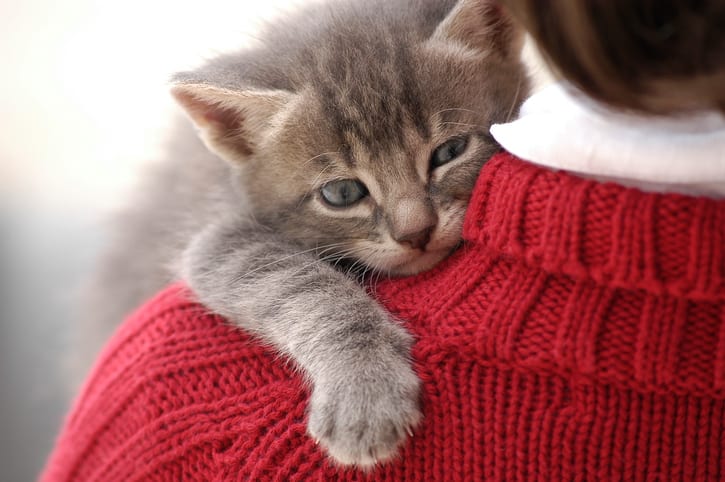Microchipping Keeps Cats and Their Owners Connected
Your cat may be indoors only, but a slightly-ajar door can change all of that. If your cat does spend time outdoors, perhaps you’ve experienced that frightening moment when they were nowhere to be found. Thanks to their inquisitive, independent nature, it’s no surprise when cats go wandering off. It can be stressful and heartbreaking when a cat does not come home or goes missing. Pet microchipping has been proven to increase the odds of lost pets being reunited with their owners, which is why we’re happy to offer this service to our patients here in the Oxford/Southbury area.

What’s a Microchip, and How Does It Work?
Petlink microchips are about 12mm in length, or similar in size to a grain of rice. The pet microchipping procedure is relatively quick and easy; your veterinarian only has to inject it under your cat’s skin right between their shoulder blades, and they’re all set. The next key step is to register the chip’s unique ID number with your contact information into the Petlink National Pet Recovery Database. This ensures that your cat can be traced back to you via their ID number.
The microchip has no internal power source. Instead, in order to read the chip, it needs to be scanned with a handheld scanning device that transmits radio waves to the chip. This gives the chip just enough power to transmit its ID number back to the scanner, which displays the number on its screen.
If your wandering cat should end up at another veterinary hospital or a shelter, one of their staff members can scan them for their microchip ID number, which they can then use to locate you. If you and your kitty change locations later on, be sure to update your contact information in the database.




